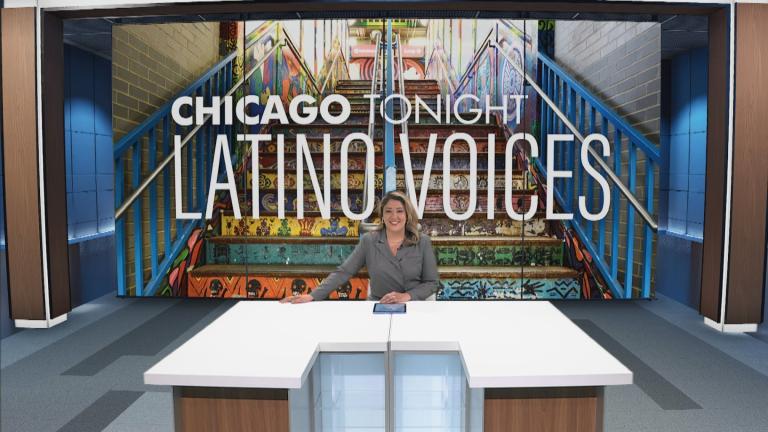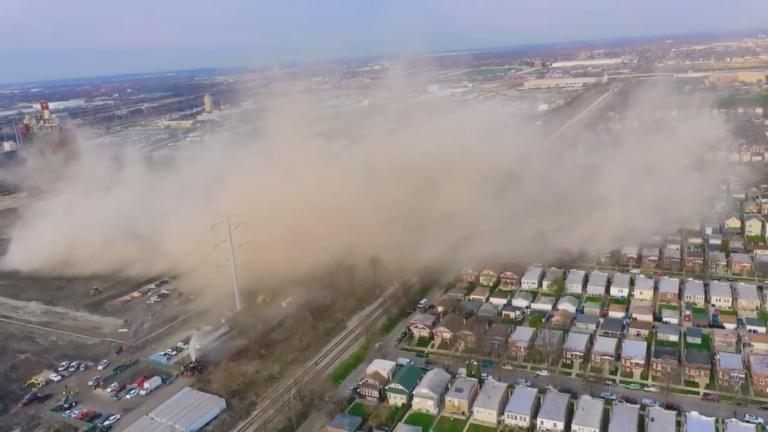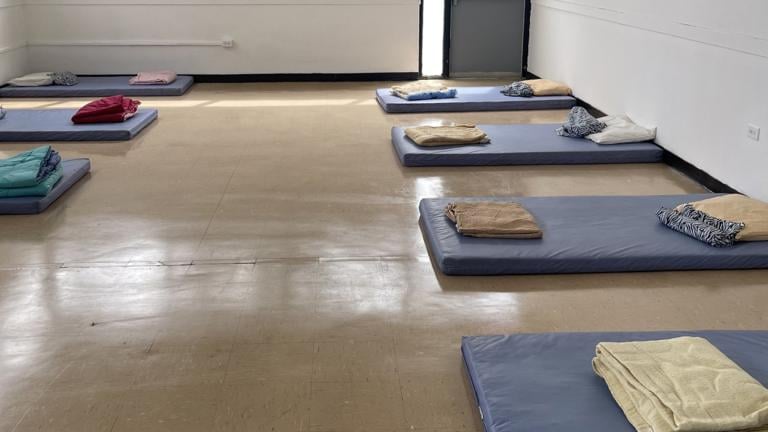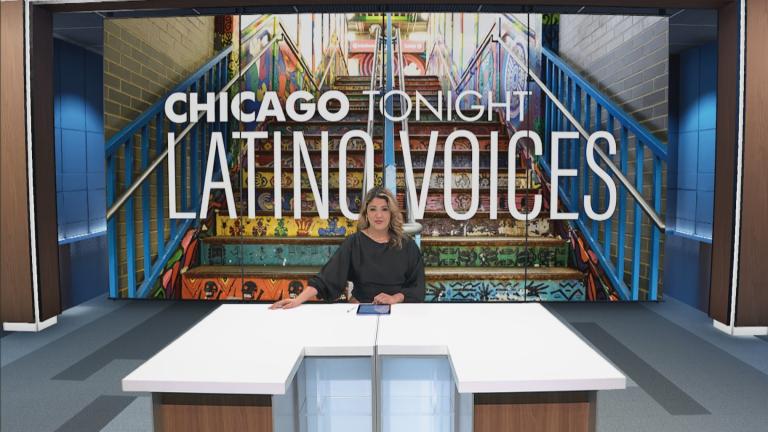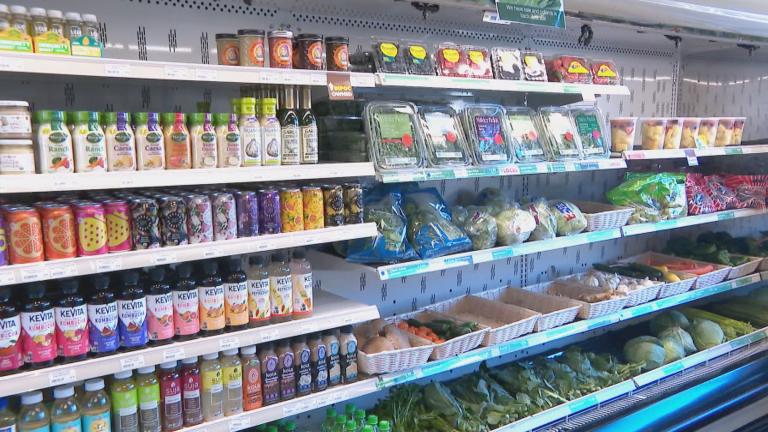Governor J.B. Pritzker recently outlined a plan aimed at stemming the tide of deaths due to opioid overdoses in Illinois.
The Illinois Overdose Action Plan offers new and expanded resources to help treat substance abuse and addiction, including a mobile van with medication assisted recovery; overdose education and treatment via the opioid overdose reversal medication naloxone; and a partnership to provide mental health and recovery services to communities most affected by opioid deaths.
In Chicago, the Austin, Humboldt Park and North Lawndale neighborhoods reported the highest number of opioid overdose deaths ever in 2020 – a rise some attribute to fallout from the COVID-19 pandemic.
“We’ve definitely seen an increase in patients seeking treatment,” said Evelyn Delgado, manager of the medication assisted treatment program at Esperanza Health Centers. “During the pandemic, a lot of the resources were not available to many patients — a lot of places had wait lists or were not accepting new patients. A lot of clients were seeking other forms of support because their current support systems were no longer available … They could no longer go to meetings or go to groups or meet with their sponsors or their support network.”
Fourteen Chicago Public Library locations in affected neighborhoods are being supplied with naloxone kits, a move that associate vice president of child, youth and family services at Catholic Charities Laura Kuever says will undoubtedly save lives.
“Having it be so available in places that community members go to and so easily accessible, no questions asked, is getting it in the hands of the people that need it the most,” Kuever said.
At Esperanza Health Centers, Delgado describes their approach to recovery as a “harm reduction” model.
“We allow the patients to identify what recovery means for them and identify their recovery goals,” Delgado said. “We definitely have an ‘any positive change’ kind of mentality. So if it’s using less, if it’s having Narcan available at all times, if it’s being able to get or keep a job, whatever their goals are that we can support, that’s what we will work with the patient (on). We also provide Narcan, which is one of the versions of naloxone, free of charge to … any patient that comes into our program.”
The drug fentanyl has also contributed to overdose deaths through street drugs, said Kuever.
“With fentanyl, it’s just so potent that just a little bit can have some real lethal, deadly effects,” Kuever said. “For clients that think that they’re using heroin and it’s really fentanyl or it has fentanyl in it, they’re not even aware of what they’re putting in their body and it’s really has some dire consequences.”
Delgado said that Latinos face some additional barriers to treatment for substance abuse issues.
“There are not that many resources available in Latino communities,” Delgado said. “Many of our patients do have children, so accessing childcare so they can come to appointments or to look for resources is a huge barrier … Some of our patients are uninsured or underinsured, and that can prevent or hinder them from looking for resources because they may believe that they cannot afford them.”
And Kuever said that ultimately, more money to help those struggling with substance abuse will create better outcomes.
“The more funding we have, the more services that we can provide, the more innovative we can be with the services that we provide and get them and the most easily accessible locations so that the clients who need the services can get the services that they so desperately need,” Kuever said. “I hate that it always comes down to money, but it always comes down to money.”


